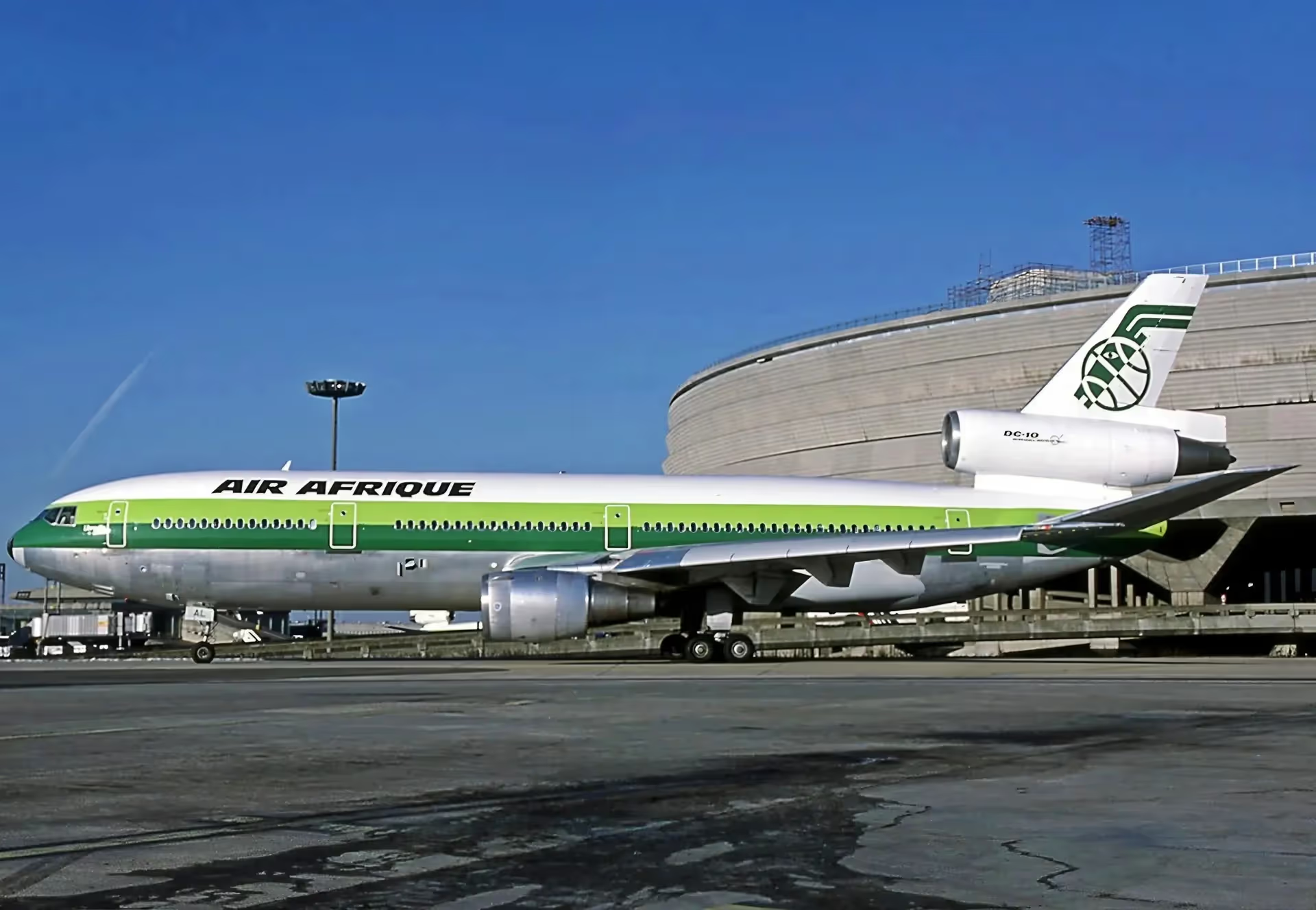DALLAS — Today, in 1961, the Treaty of Yaoundé established Air Afrique (RK) as a joint venture between Air France (AF) and Union Aéromaritime de Transport (UAT), each with a 17% holding.
For most of its existence since its formation, RK has been a pan-African airline operated by several West African countries.
At the time, the eleven newly independent former French colonies in West Africa, namely Benin, Burkina Faso, Cameroon, Central African Republic, Chad, Côte d'Ivoire, Gabon, Mauritania, Niger, the Republic of the Congo, and Senegal, contributed to the remaining 66% of the carrier's capital, estimated at 500 million CFA francs.

A Multinational Airline
Air Afrique was established in Abidjan, Ivory Coast, as the official transnational carrier for francophone West and Central Africa since many of the region's countries could not build and sustain a national airline. RK joined the International Air Transport Association (IATA) and the French Union's ATAF in 1962.
On January 5, 1962, the carrier began flying Boeing 707s leased from AF on the Paris–Dakar–Abidjan and Paris–Douala–Brazzaville routes; these were the carrier's first intercontinental jet flights. In December of that year, the airline placed its first order for two DC-8s.
In April 1964, RK was permitted to link several African countries with the United States, and the Paris–Abidjan route began calling at Geneva every week in November.

Initial Fleet
In 1965, the airline had two DC-8-50s in operation at the time, as well as three DC-4s and four DC-6s. The route to Paris started calling at Robertsfield that month after stopping at Dakar and Geneva. Passengers from RK began flying to the United States on Pan Am flights a month later.
By March 1975, RK had a workforce of 3,726. At the time, the carrier's fleet included three Caravelles (one 10R and two 11Rs), one DC-3, five DC-8s (one DC-8-63CF, one DC-8-30, and three DC-8-50s), and a DC-10-30. A third DC-8-55F was purchased in August. In 1976, the second DC-10-30, 'Cotonou,' joined the fleet. The airline introduced the Airbus A300B4-200 in 1979.

Reasons for Air Afrique's Demise
Even though RK started a steady decline in the early 1980s, it was still regarded as the most reputable carrier in West Africa and one of Africa's top five airlines several years later.
During the 80s and throughout the 90s, the airline's decline began to show just as the 'Africanization' of the airline, i.e., the appointment of Africans to all top positions, was completed. As
When RK started operating the A310-300 in 1991, the carrier overbooked flights did not charge seats reserved for member states, and missed schedules without explanation.

The End of a 41-Year Run
Mismanagement and the decline in the aviation industry post-9/11 contributed to the airline's demise, which ended in early 2002 with its liquidation. Despite attempts to restart the airline by forming a new company, the efforts failed to come to fruition, and the airline was replaced by the short-lived Afrinat International Airlines.
At its peak, the airline had an extensive network in Central and Western Africa and flights to Europe and North America. At the time of closure, 22 destinations on the scheduled network were Abidjan, Athens, Bamako, Bangui, Banjul, Brazzaville, Casablanca, Cotonou, Dakar, Douala, Geneva, Lomé, Marseille, N'Djamena, New York, Niamey, Nouakchott, Ouagadougou, Paris, Point Noire, and Rome.
The featured image showcases a McDonnell Douglas DC-10-30 at Paris-Charles de Gaulle Airport in 1980. The airline received the first of the type in 1973. With registration TU-TAM and named 'Cotonou,' this aircraft was the second DC-10-30 the company acquired in 1976.
Stay connected at every stop along your journey! Get any Saily mobile data plan at 5% off with the code AIRWAYSMAG5 + up to 5GB free!





